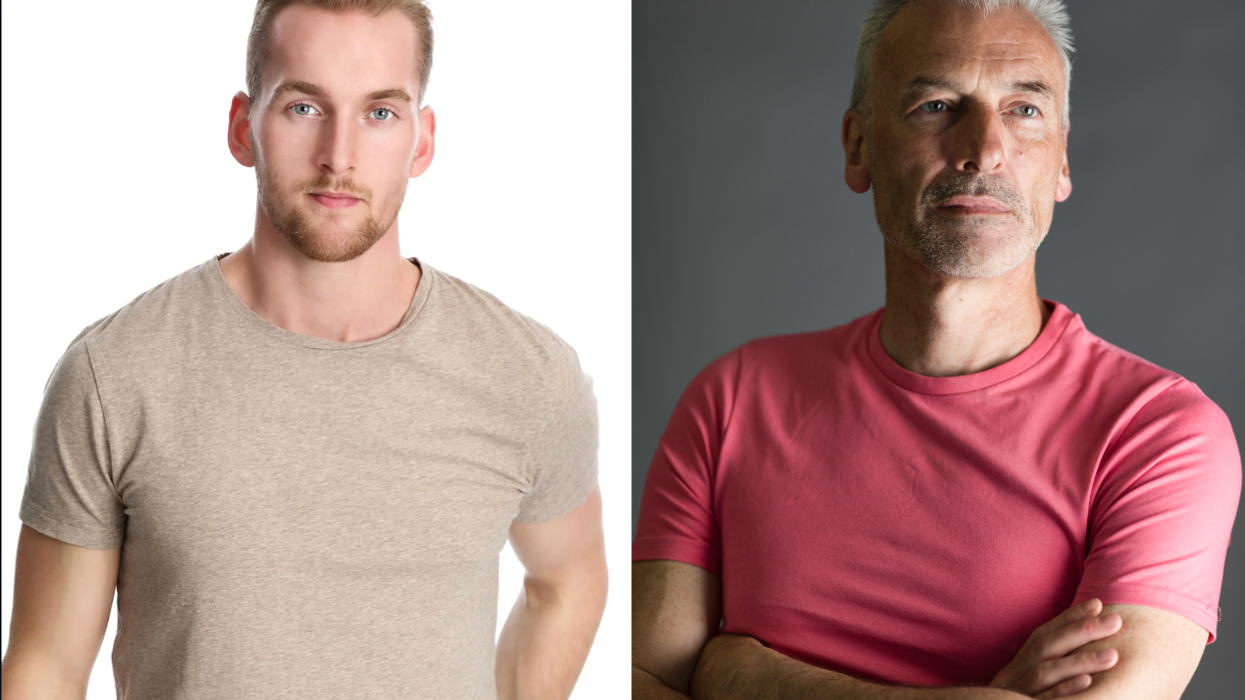When Neil Gaiman and Terry Pratchett published their delightfully comic end-times spoof Good Omens in 1990, the slick character Famine read like another in a long line of excellent rim-shots. Famine was in the lucrative business of selling foodstuffs with nutritional value roughly equivalent to that of a Sony Walkman. Famine delighted in a line of MEALS™, so the story went, that added sugar and fat to non-nutritional offerings, allowing people to at the same time “get very fat” and “die of malnutrition.”
Years from the release of Good Omens, and far from the realm of fantasy and fiction, today, 35 percent of Americans over age twenty are overweight or obese. It is estimated that three-quarters of Americans have vitamin deficiencies. Processed foods—pasta, cookies, cereal, yogurt—come packed with chemicals, extra sugar, and salt to improve shelf-life and taste. And these processed foods make up roughly 70 percent of most American diets. If there’s a hierarchy spanning from “food” (e.g., packaged Ramen noodles) to actual food with nutritional value, many of us are bottoming out with high-cal/low-nutrient impostors.
It’s convenient; it’s there; it’s how most of us learned to eat and cook. But highly processed diets starve our bodies—and all the interrelated systems that make them work—of essential vitamins and minerals. These foods may have been developed for consumption after a reasonable stay on a grocery store shelf, but that does not mean our bodies are built to thrive on them. Humans evolved eating actual food.
As Gerard E. Mullin, M.D., gastroenterologist and nutritionist at Johns Hopkins Hospital, and Katie Madonna Swift, a leading integrative dietitian, write in their book The Inside Tract: Your Good Gut Guide to Great Digestive Health, “We are having a cultural food crisis,” or what Michael Pollan calls a “national eating disorder.” Yet Mullin, Swift, and others within the whole foods movement offer hope. As Mullin and Swift write, “Changing your diet and consuming the whole, real foods human beings evolved eating can slow and even reverse the progress of a vast array of chronic illnesses.”
Full-body wellness comes in large part from what we eat—how many and which sorts of those vital vitamins and minerals we consume. When we talk about minerals, says Paul Pitchford, author of Healing With Whole Foods: Asian Traditions and Modern Nutrition, “we’re talking about the foundation of all nutrition.” Pitchford, whose research-based methods and diet recommendations have helped popularize whole food eating and sold close to a million copies of his book, is informed by traditional Chinese and Indian medicine. He describes food in terms that reflect its use in our bodies.
Concerning minerals, Pitchford points out, “without them, proteins, vitamins, enzymes, nothing else works in the body without adequate minerals.”
For example, it is estimated that Americans consume only about 60 percent of their needed levels of magnesium, and according to Pitchford, this deficiency is common in many people who eat refined foods. Magnesium is important because it helps push calcium (something most of us do adequately consume) from the soft tissues into the bones. Without magnesium to direct it, excess calcium in the soft-tissue can lead to all manner of kidney, skeleton, heart, and vascular disorders. Calcium build-up in immune-enhancing white blood cells (lymphocytes) can also adversely affect immunity, Pitchford notes. Magnesium regulates hundreds of enzyme systems and plays a role in everything from coronary syndromes to asthma. To rectify that imbalance, Pitchford recommends magnesium-rich foods like beans, lentils, green veggies, and most whole grains and seeds.
For whole body health, Pitchford advises meditation, exercise, and a diet made up predominantly of sea plants; vegetables; brown rice, breads and pasta; high quality dairy; and minimal meat (organic and grass-fed, if you must eat it). One should forego bad fats and oils (e.g., margarine, refined oils, and everything containing refined oils), genetically modified foods, white flour, and white sugar.
What’s left to eat? Actual food that will make your body run more smoothly.
Mullin and Swift study what happens on the “other side of the tract,” so to speak, looking at the human gut microbiome, believing the key to good health is not exactly what you eat, but what you absorb. The gastrointestinal (GI) tract is home to seventy percent of a human being’s protective immune system cells and antibodies. It’s an ecosystem of trillions of bacteria, and aside from the brain, is the only other system in the body with its own dedicated nervous system.
Important work happens in the gut. It’s where food is transformed into the components that make up our bodies, and yet, as Mullin and Swift put it, “We eat a diet filled with chemicals that aren’t fit for flies (and even flies won’t eat them).” The alternative that Mullin developed in conjunction with other integrative physicians, when he himself was suffering from a near-debilitating bout of the chronic pain disorder arachnoiditis, combines a whole-foods vegetarian diet; detoxification with fresh vegetables; lifestyle changes to reduce stress and increase activity; and a list of supplements that he believes help maintain gut health—and add to a healthy lifestyle.
There’s big business in the retail of processed food. For some, it might seem hard to switch to a whole foods diet. But as Pitchford notes, a whole foods soup can be as simple as learning how to boil water with oats, vegetables, diced tempeh, and maybe some pumpkin seeds, plus avocado and high quality oil splashed on top. For all the terms we have grown accustomed to at the supermarket—Easy! Convenient! Delicious!—whole foods can do all that, while also supporting the full body, thriving on actual nutrition.
















 Gif of young girl looking at someone suspiciously via
Gif of young girl looking at someone suspiciously via 

 A bartender makes a drinkCanva
A bartender makes a drinkCanva


 Woman drinking in the morning air.Photo credit
Woman drinking in the morning air.Photo credit  Coffee.Photo credit
Coffee.Photo credit  A cup of tea.Photo credit
A cup of tea.Photo credit  Woman drinks morning brew.Photo credit
Woman drinks morning brew.Photo credit 

 Two young women hang out in a 1980s-themed roomCanva
Two young women hang out in a 1980s-themed roomCanva  Gif from the movie "Heathers" via
Gif from the movie "Heathers" via